How to explore Catalonia’s Costa Daurada
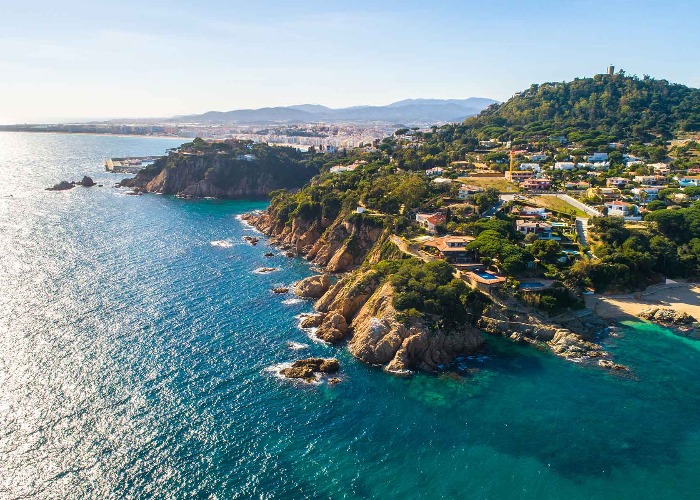
Catalonia’s unique character is truly revealed in the wild landscapes to the south of its famous capital.
From Montsant Natural Park’s mist-shrouded mountains hiding precociously planted wineries down to the mysterious wetlands of the Ebro Delta, Catalonia's Costa Daurada is a treasure trove. And with the cities of Reus and Tarragona offering a seductive mix of art, architecture and ancient history, there’s plenty to be discovered outside of Barcelona.
To experience a different side to one of Spain’s most distinct corners, head south from the capital and follow the brand new Grand Tour of Catalonia. The circular self-drive route, launched by the Catalan Tourist Board in August 2021, spreads over more than 1,200 miles (2,000km) – pick a section or traverse the whole thing. Here are six top things to do along the way.
1. Discover ancient history within Tarragona
Once known as Tarraco, Tarragona was the oldest Roman settlement on the Iberian Peninsula and its archaeological remains were declared a World Heritage Site by UNESCO in 2000. With a population of 40,000, it was far more important than Barcelona at the beginning of the millennium (the Catalan capital was then a small village of just 800 people).
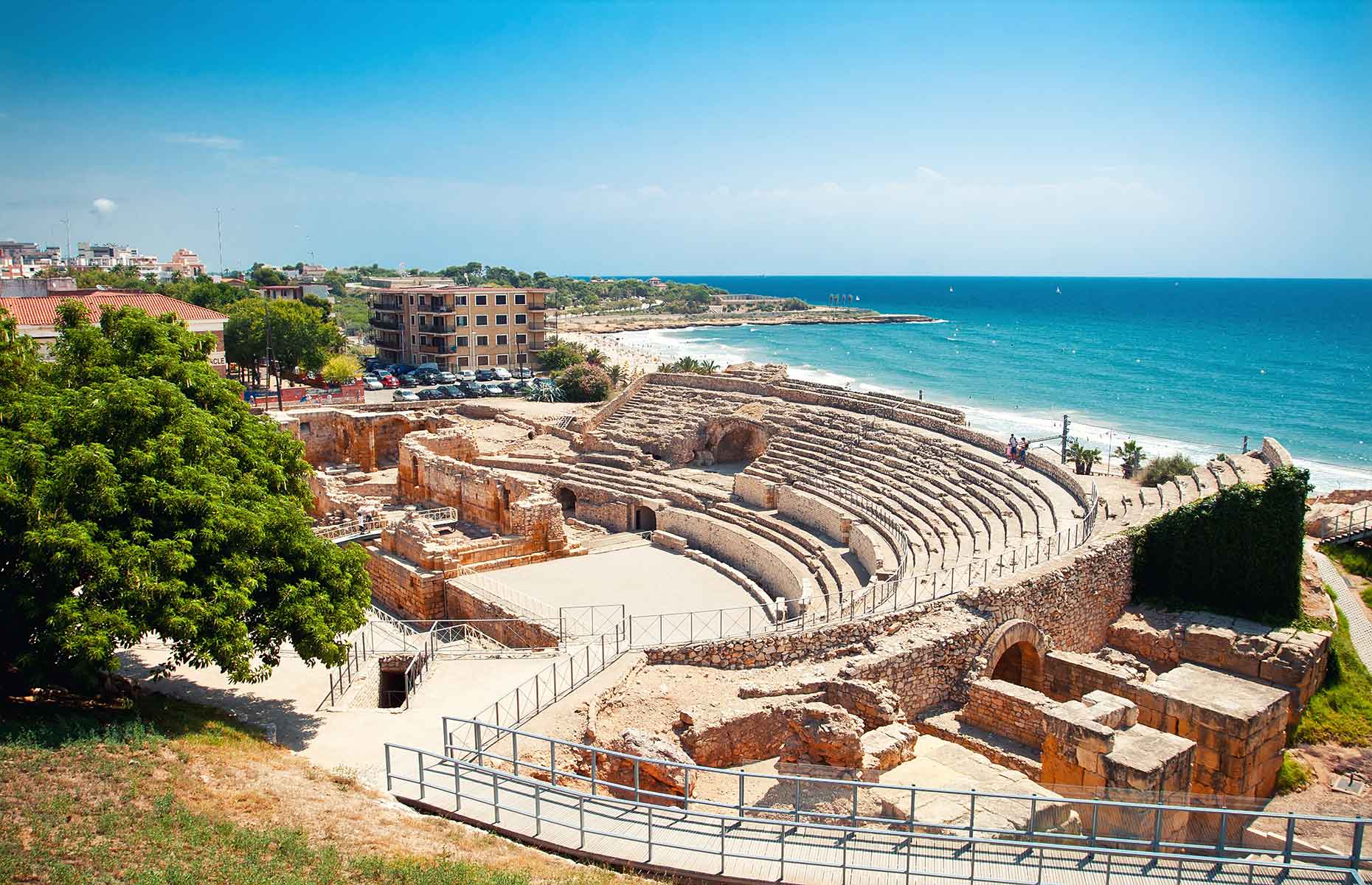 Veronika Galkina/Shutterstock
Veronika Galkina/Shutterstock
There’s no doubt the coastal setting of its 2,000-year-old amphitheatre is impressive, but the most striking part about Tarragona’s Roman remains is how seamlessly they blend into the modern city’s appearance.
Today, its narrow streets hum to the chatter coming from its busy cafés and bars, yet this city’s vast history is never far away. From the primary school sitting in the shadow of the Via de l'Imperi Romà’s ancient walls to the vibrant Plaza de la Fuente still retaining its shape as a former Roman circus, Tarragona lives and breathes its dramatic past.
READ MORE: 6 things you must do in Catalonia
2. Explore the Ebro Delta wetlands on two wheels
Extending like a thumb out from the Costa Daurada coast, the Ebro Delta is one of the largest wetland areas in the western Mediterranean, sprawling over 79,000 acres. Pierced through its centre by the Ebro river and pockmarked by old stone houses with rust-coloured sloping roofs, the delta is almost entirely flat and is home to thousands of species of fauna across its waterlogged plains.
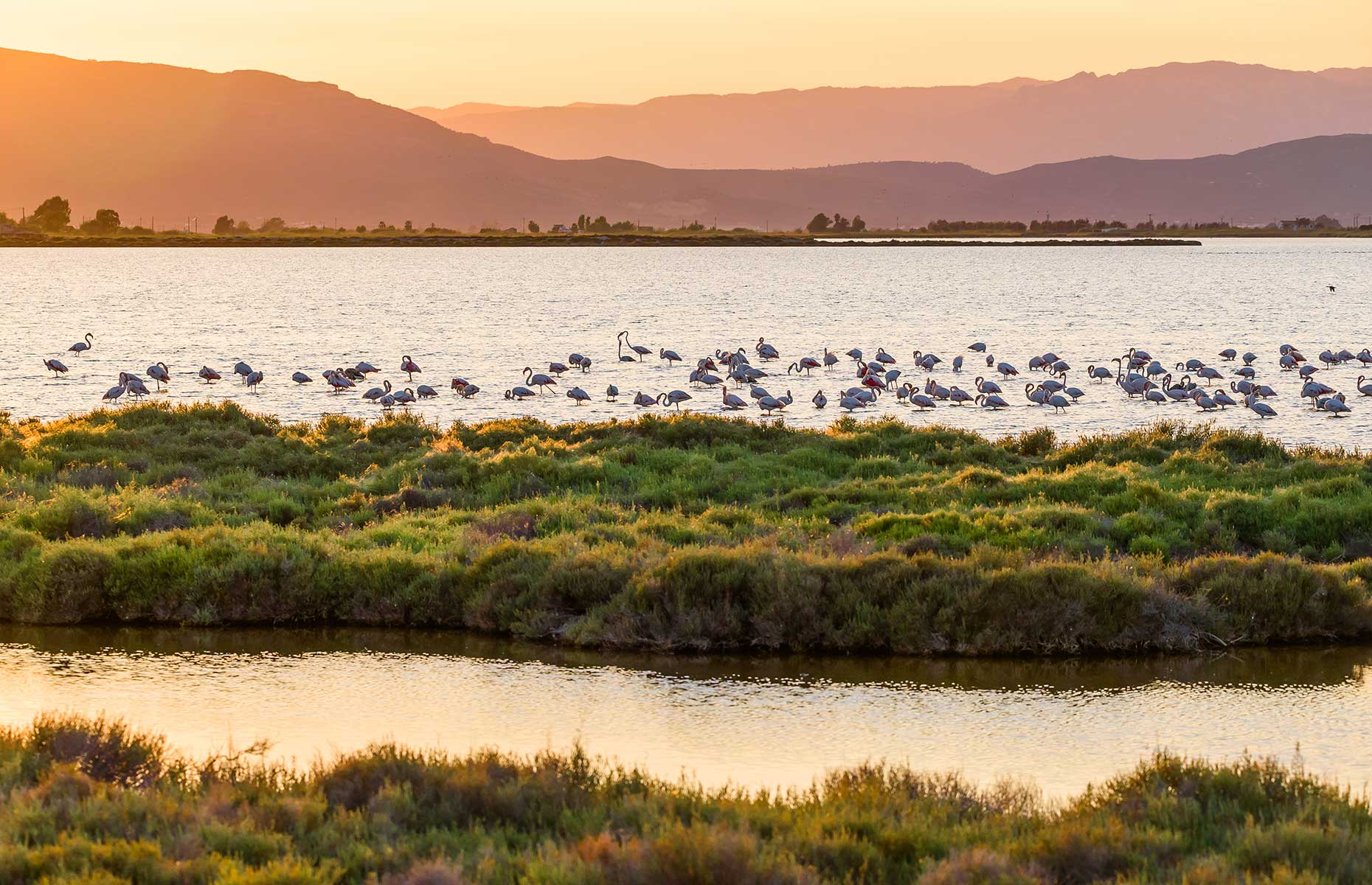 gg-foto/Shutterstock
gg-foto/Shutterstock
That flat landscape also makes cycling a superb way to see this unique region, so head to Riu a l'Ebre in the delta’s centre and hire a bike to experience it all up close. While exploring by yourself is perfectly fine, the company's guided tour follows a specially curated route and provides a deeper insight into the region, as well as bringing you to a lookout point with gorgeous panoramic views.
3. Walk through Reus’ cradle of modernism
While the likes of the Sagrada Família and Parc Güell in Barcelona are some of the more bombastic examples of Catalan modernism, there’s a smorgasbord of this colourful architecture awaiting discovery further south in Reus. Although Gaudi’s hometown doesn’t receive the same tourist numbers as Barcelona, Reus’ artistic heritage is impressive for its size and a walking tour through its lively streets is the best way to see its quirky character.
READ MORE: Your guide to Barcelona
Featuring nearly 80 listed buildings, you’ll find yourself often looking up, but the Modernism Route makes sure you see some of the city’s most ornate examples, such as the Casa Laguna by Pere Casellas i Tarrats and the Casa Navàs (pictured below) by Lluís Domènech i Montaner (try to see its equally ostentatious interior, if possible).
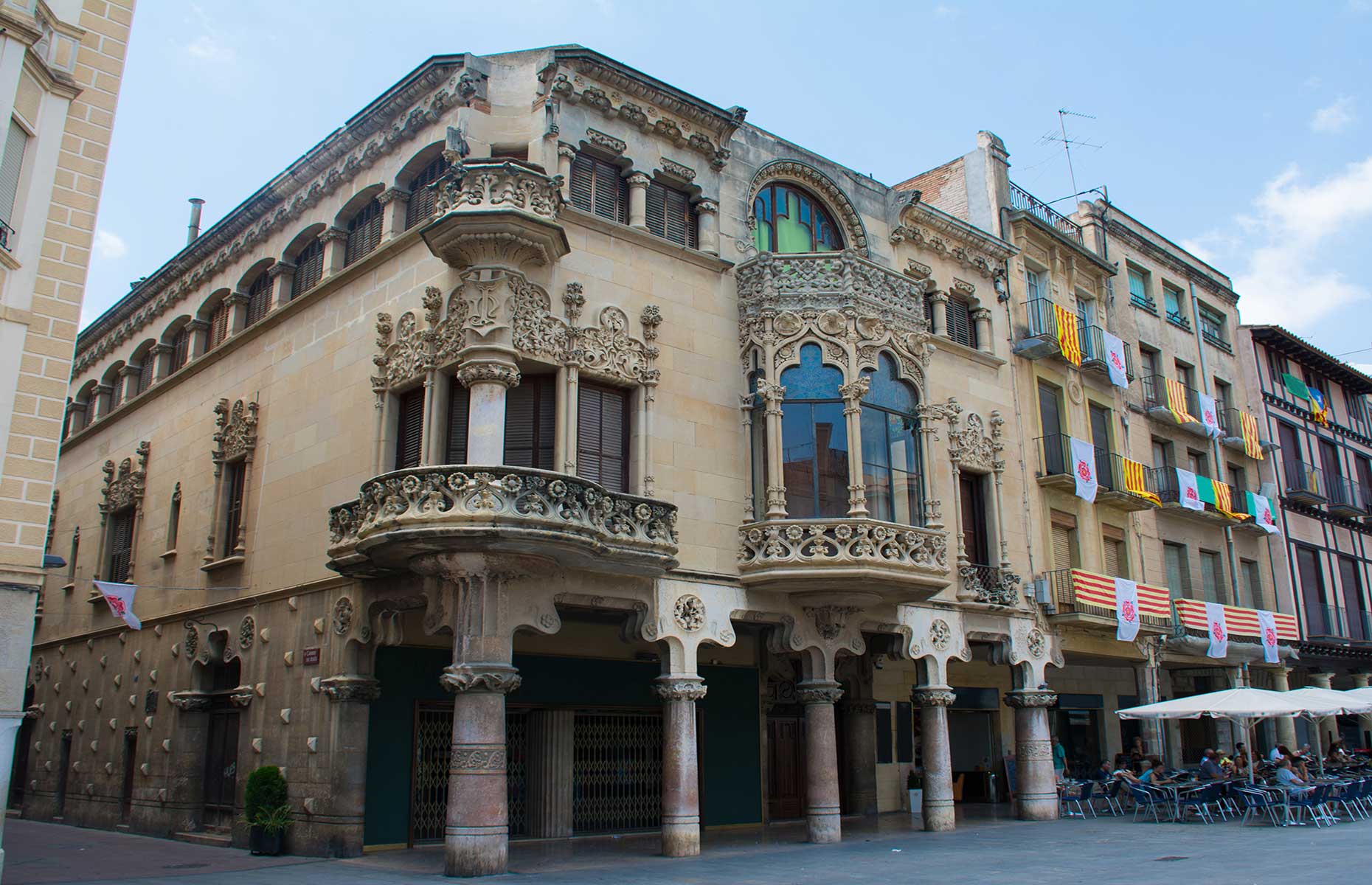 KVN1777/Shutterstock
KVN1777/Shutterstock
4. Climb into Priorat’s mountainous wine region
A far cry from the gentle rolling vineyards of France or California, Montsant Natural Park’s mountainous Priorat area is virtually inhospitable but also produces some wonderfully powerful red wines.
Navigate the steep and twisting roads that meander into these smoky hills and you’ll see vineyards at gradients of at least 15% (and some, amazingly, up to 60%). While it might sound foolhardy to attempt to make wine in such conditions, the results are worth it and you can get a fascinating insight into how they do things here by visiting Perinet Winery’s spectacular slopes.
5. Learn how to harvest rice
Back down on the Ebro Delta, its extensive wetlands have meant that agriculture has been at its heart for centuries. While technology has advanced so much that certain practices are no longer needed or are profitable, that doesn’t mean that the old way of life should be entirely discarded.
READ MORE: Spain's best under-the-radar rural escapes
In fact, one of the most rewarding and sustainable experiences in the region takes place in its paddy fields. Within a couple of hours at Deltapolet, you’ll learn how important rice is to humanity, get your feet muddy and find out how to wield and use a scythe when harvesting rice crops, all expertly guided by charismatic (and slightly eccentric) owner and local Polet.
Note: you will need a basic understanding of Spanish to grasp exactly what he says during the experience, as it’s not in English.
6. Sample oysters out at sea
Seafood is a huge part of life down this stretch of the Catalan coast, but if you want to sample some of the region’s finest oysters in a totally unique location, take a boat out to Musclarium. Located in the Bay of Alfaques just south of the Ebro Delta, Musclarium is an oyster farm and restaurant blissfully situated a couple of miles out to sea from the town of Sant Carles de la Ràpita.
READ MORE: The best places in Spain to visit
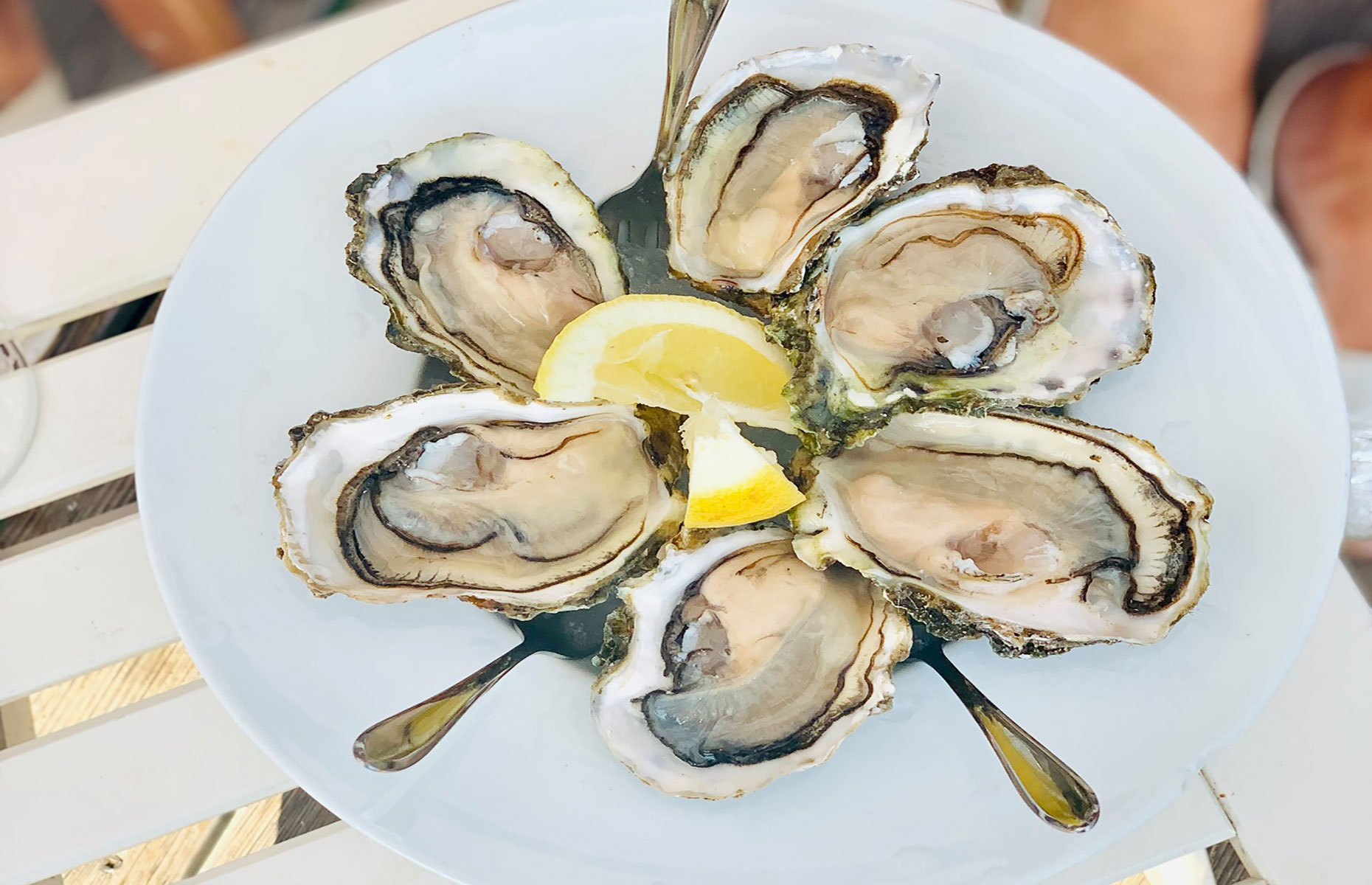 Musclarium/Facebook
Musclarium/Facebook
With this part of the coast’s specific mix of salt and freshwater, the mussels and oysters farmed here are famous for their unique flavour and meatiness, and you’ll get to sample them immediately after a demonstration explaining the process. While the food is indeed sublime, it’s the secluded offshore location that makes Musclarium truly stand out and a must-visit.
Lead image: alina_danilova/Shutterstock
Comments
Be the first to comment
Do you want to comment on this article? You need to be signed in for this feature